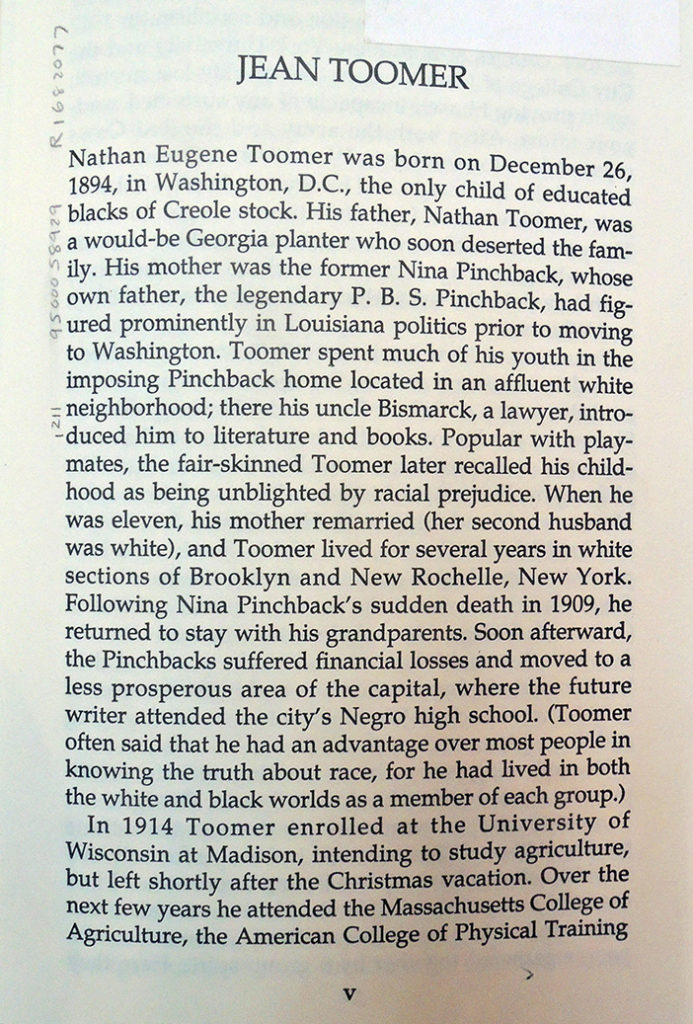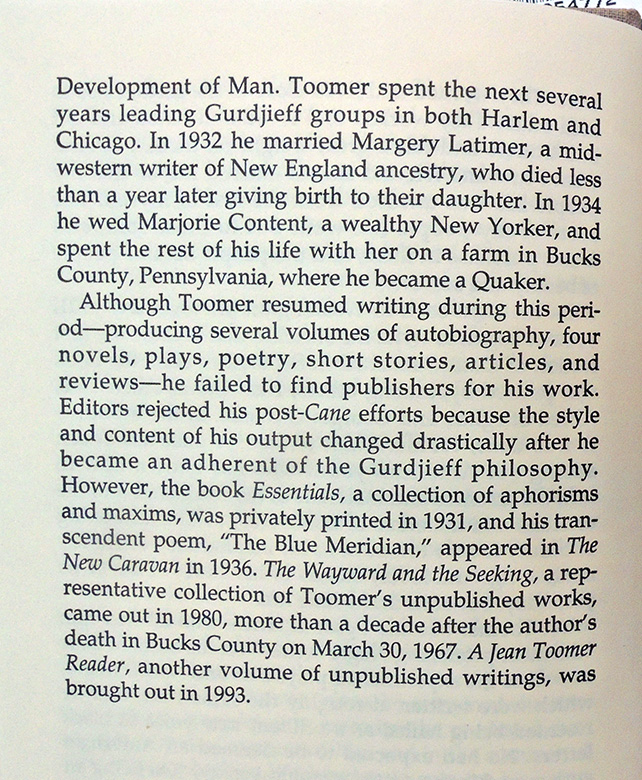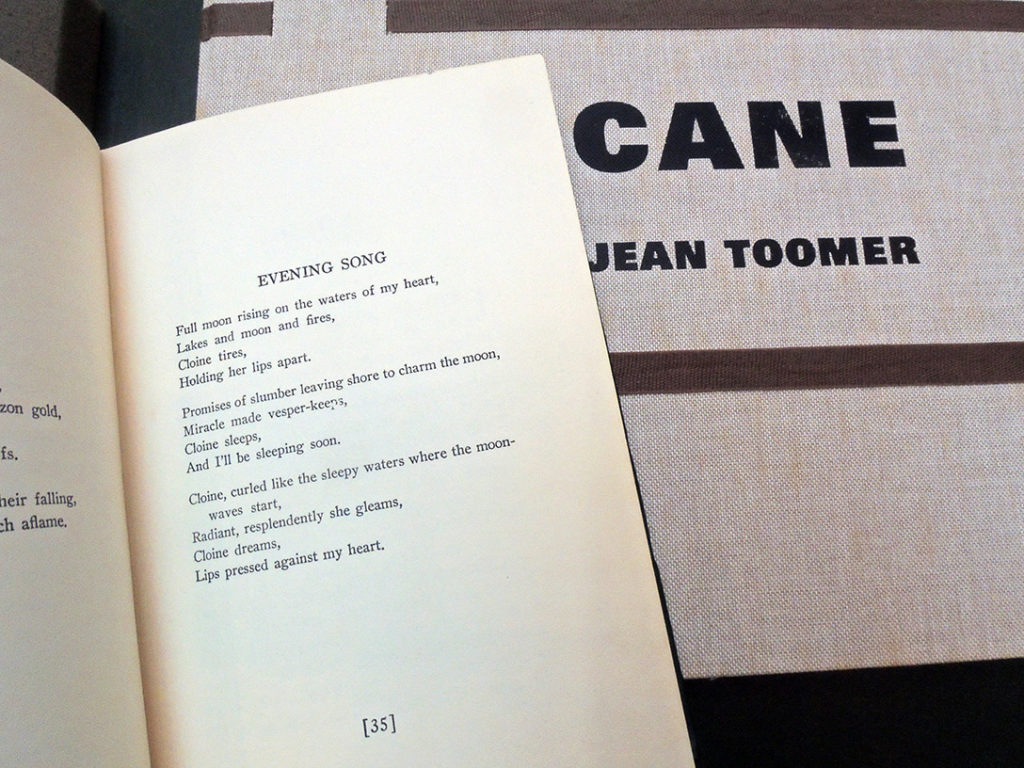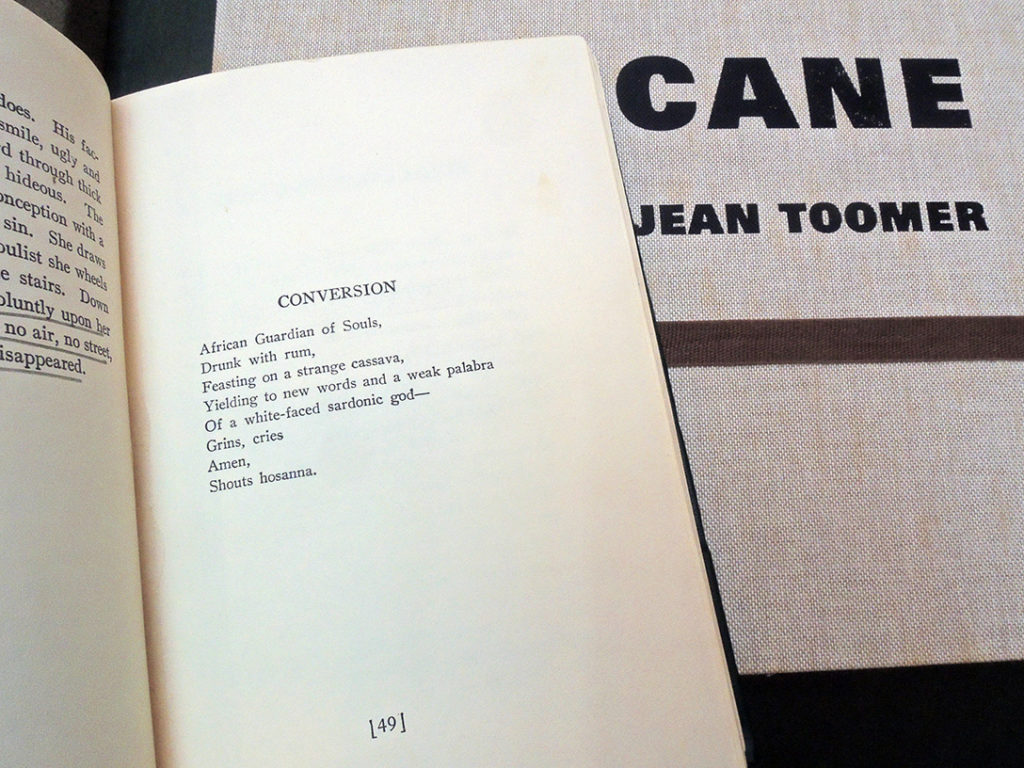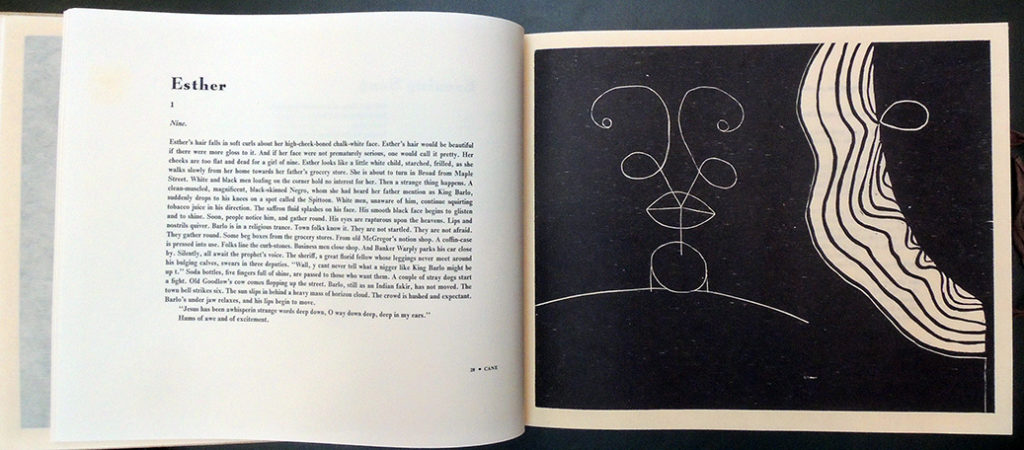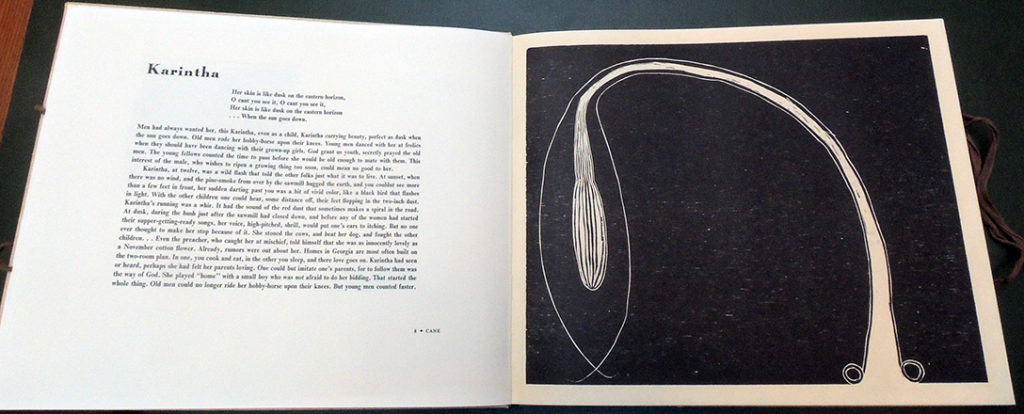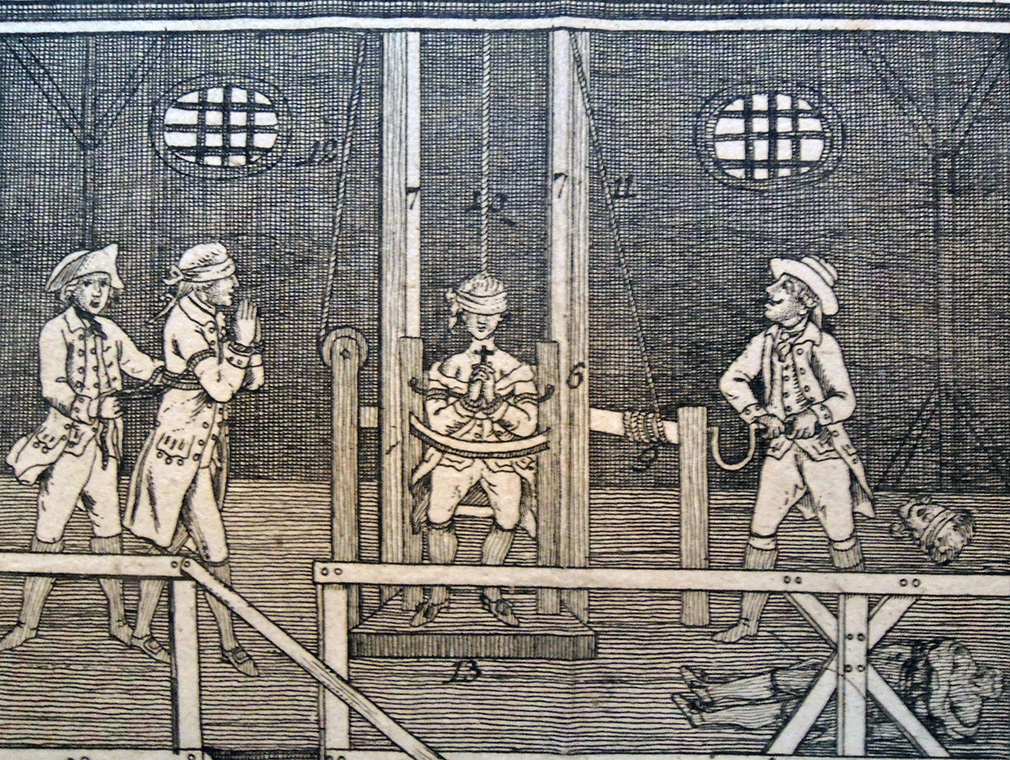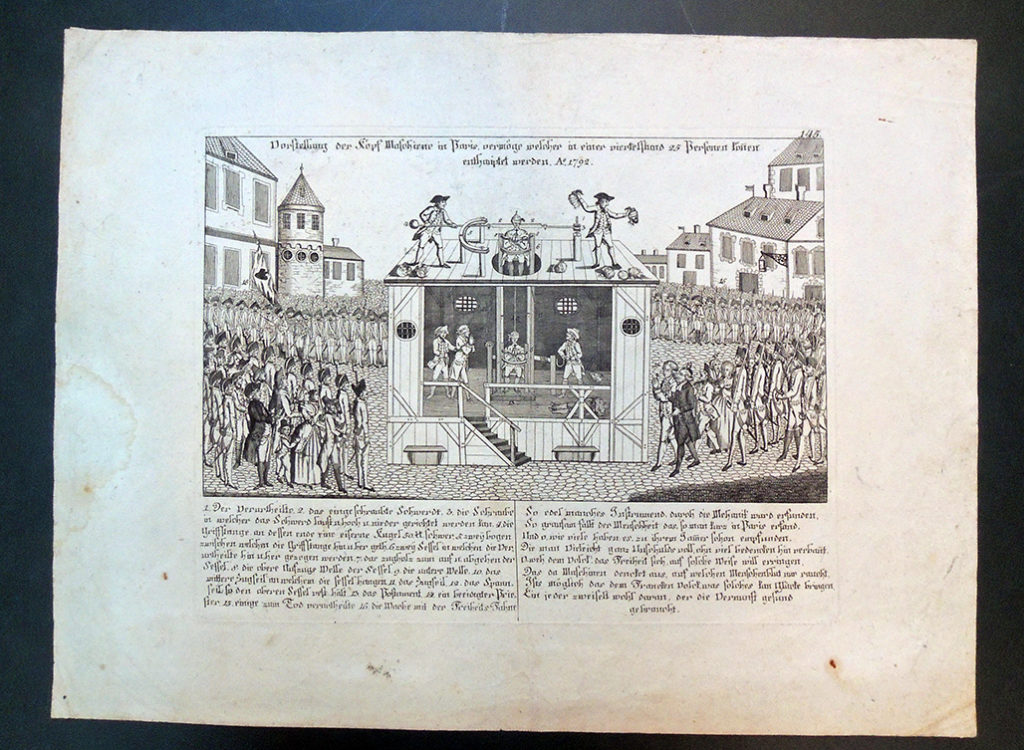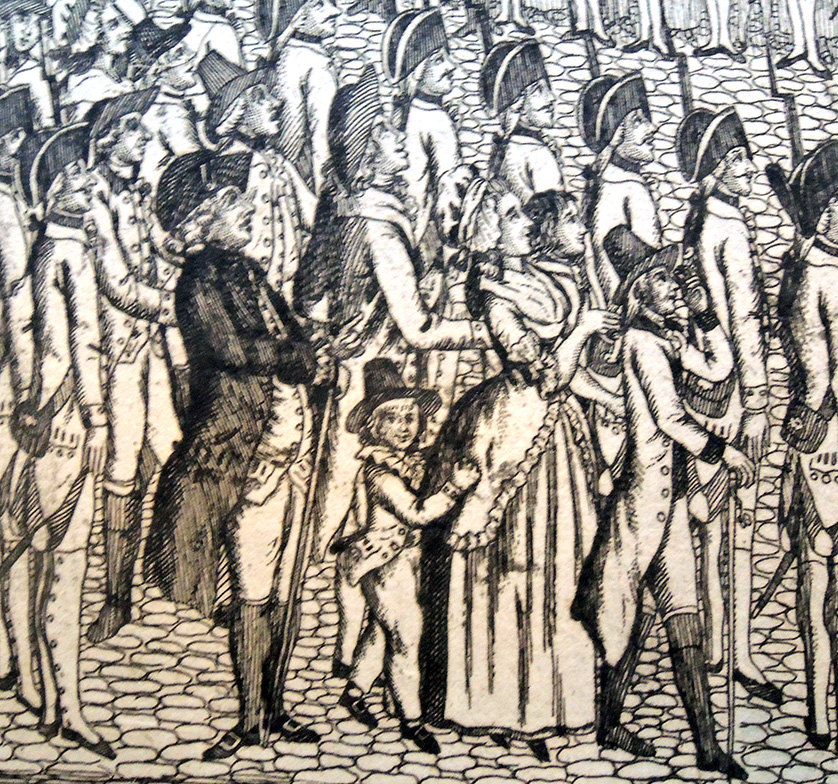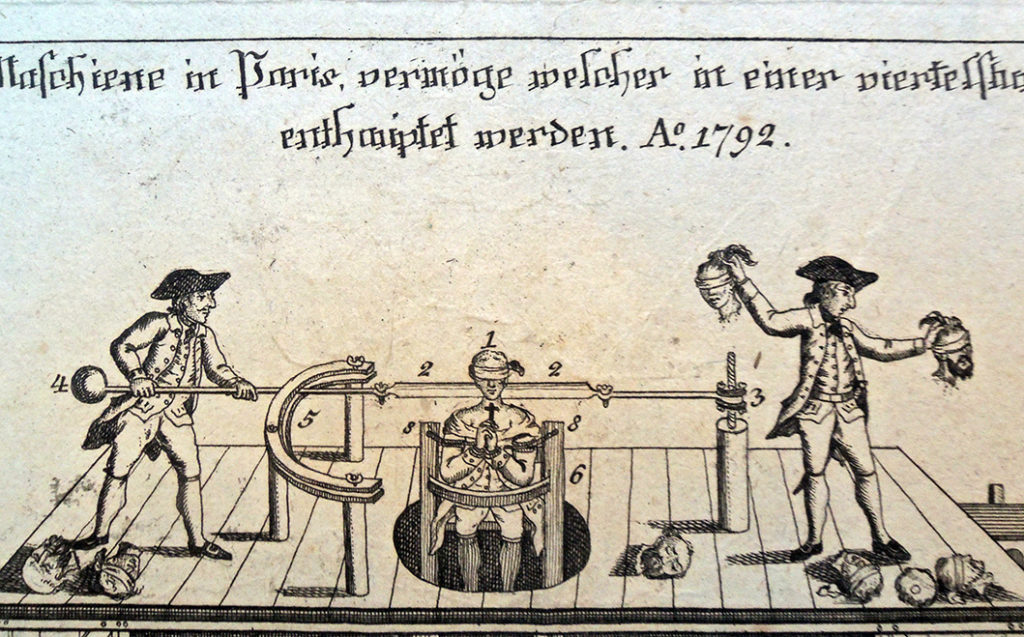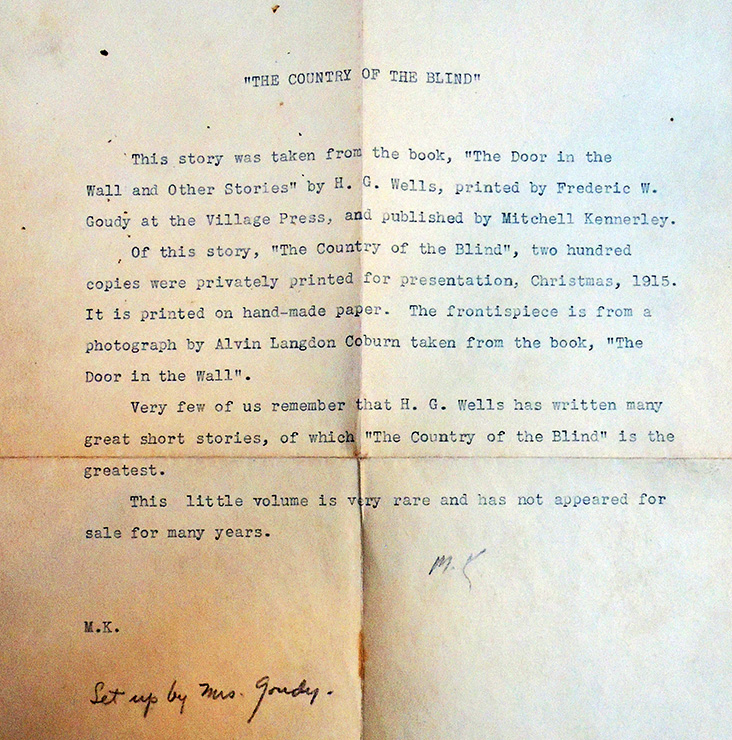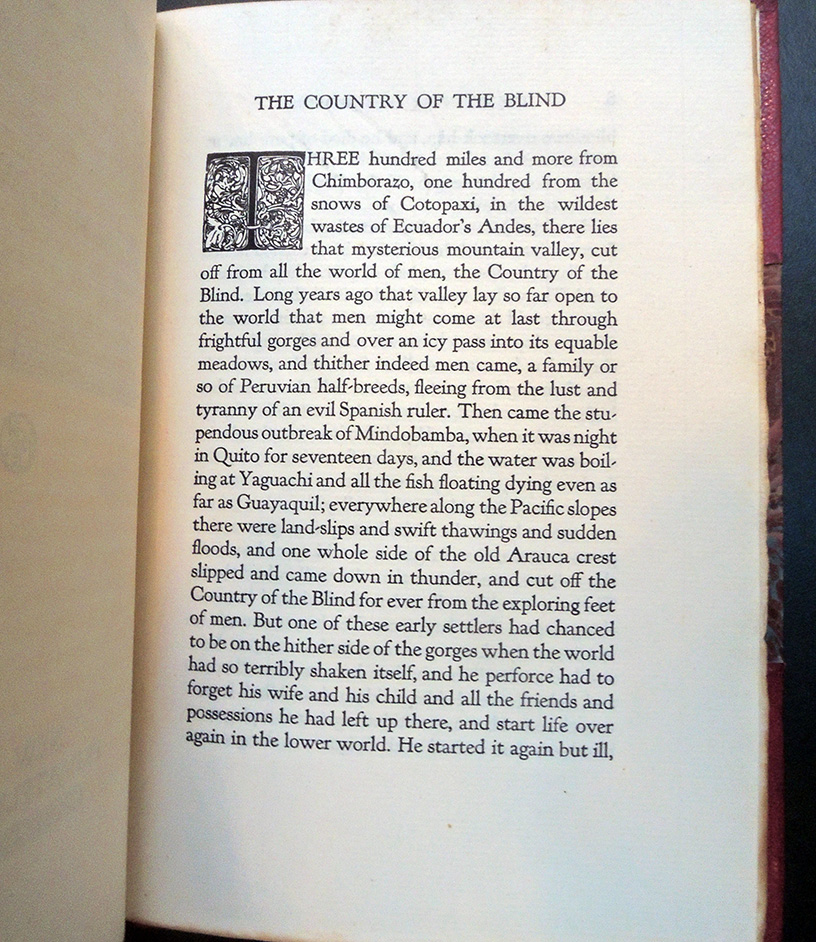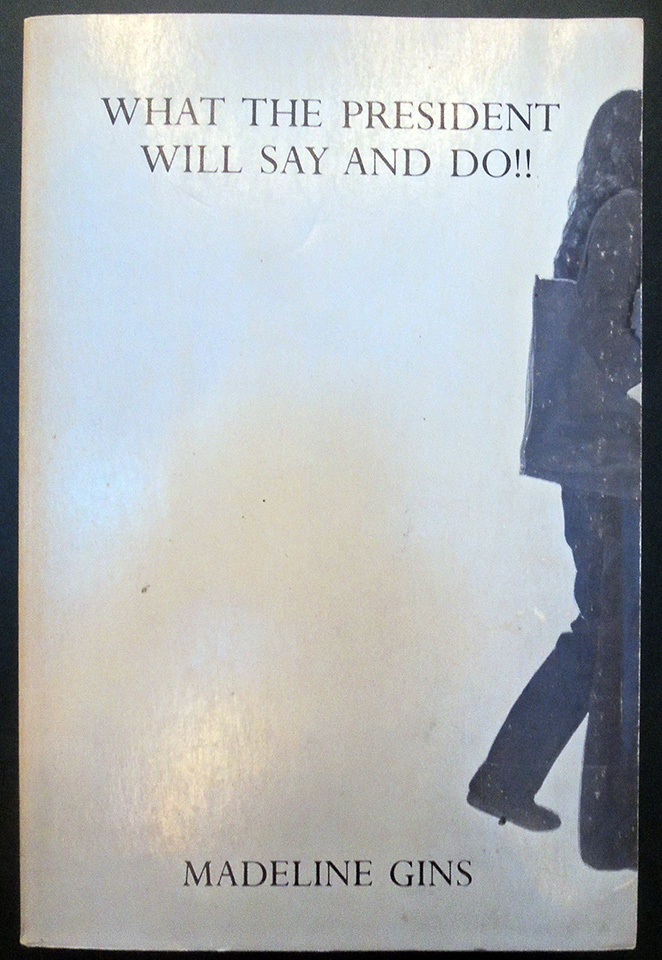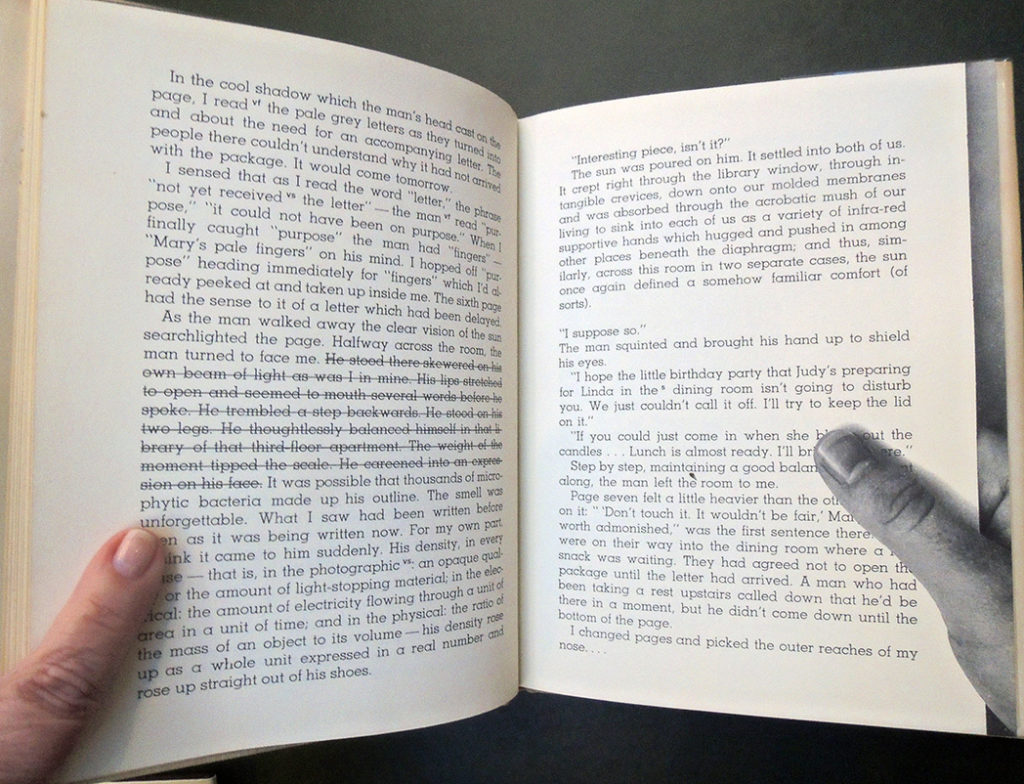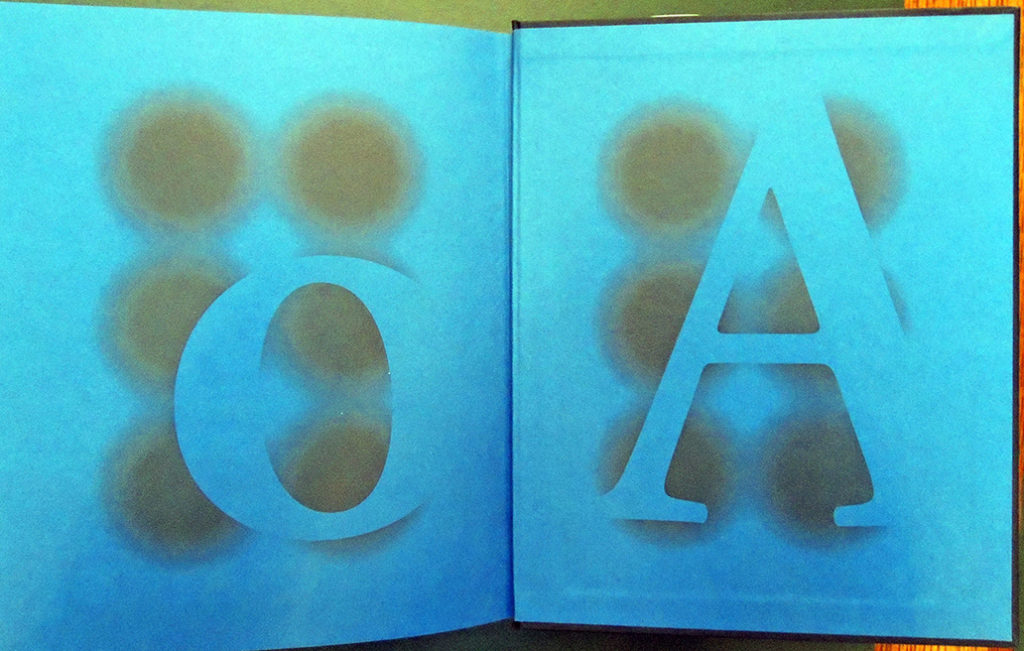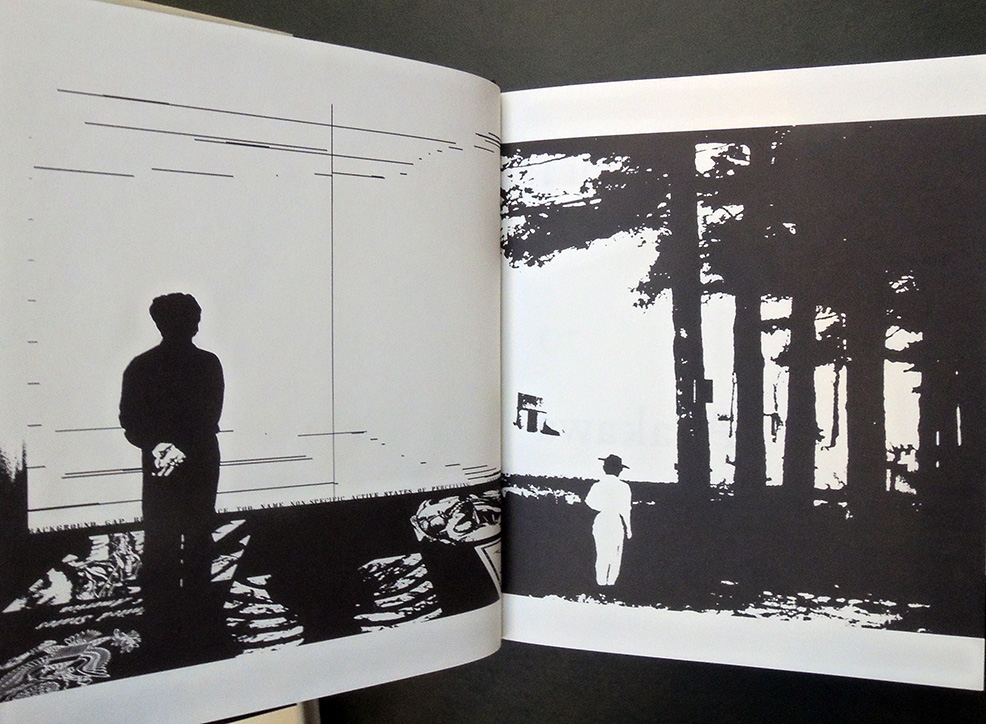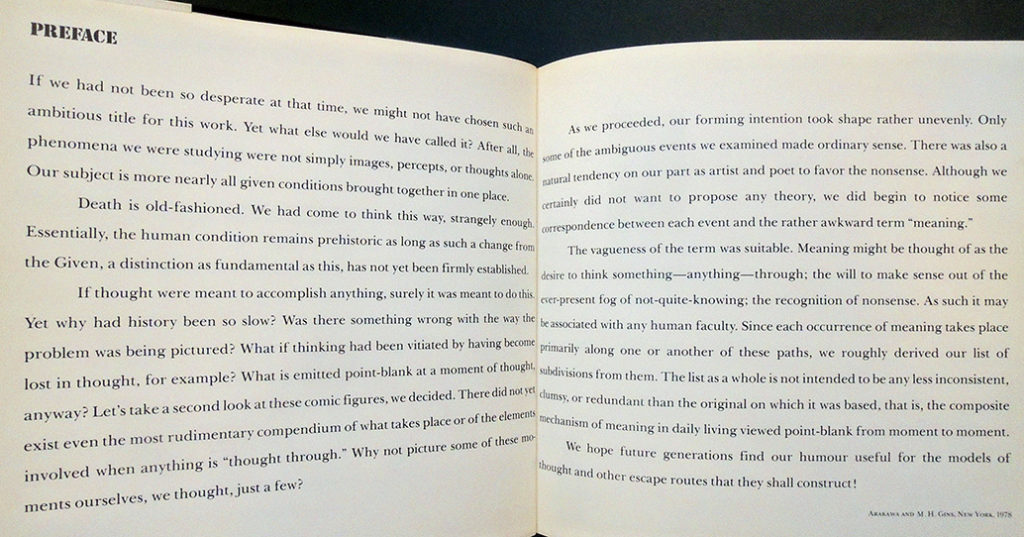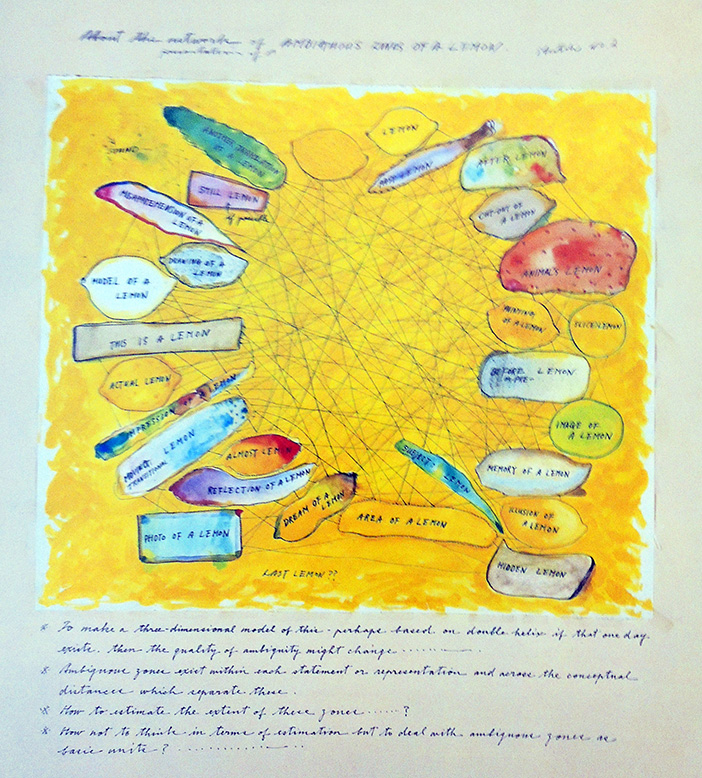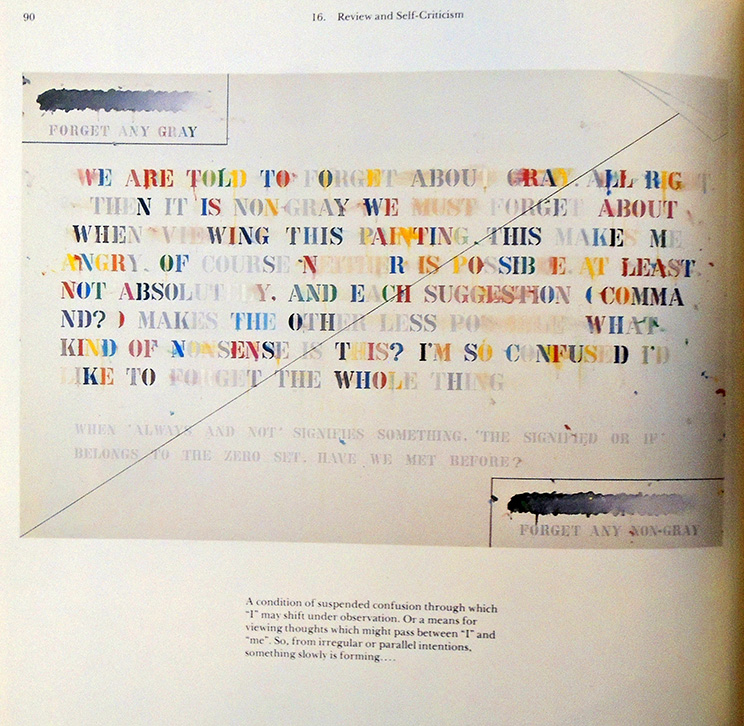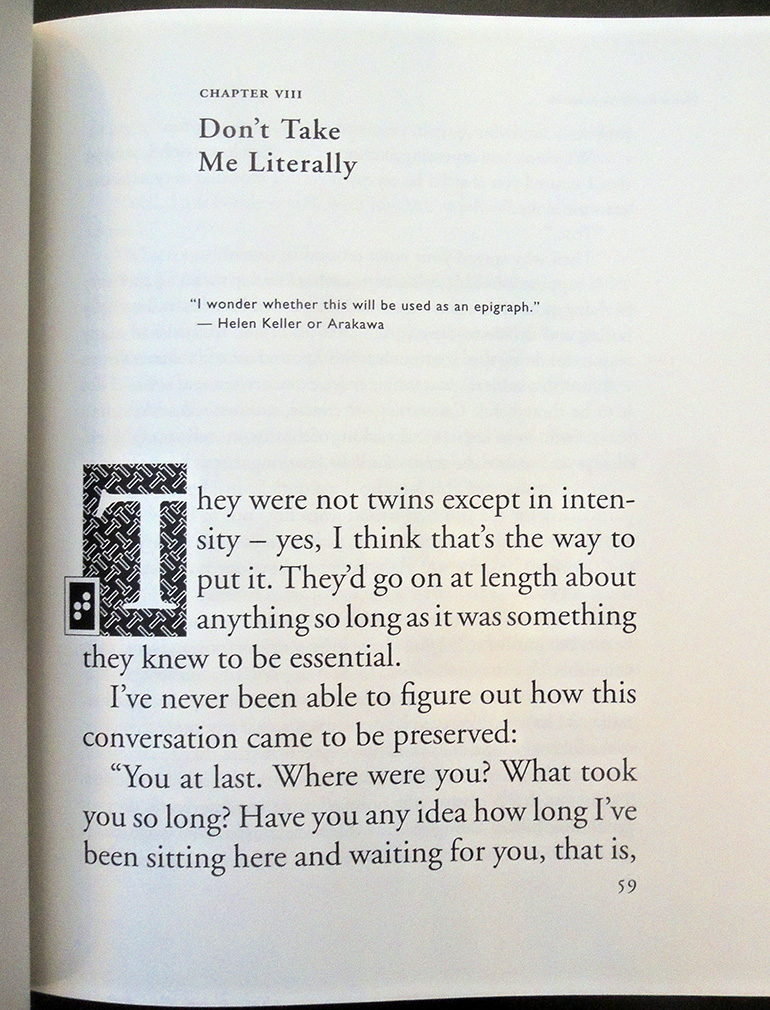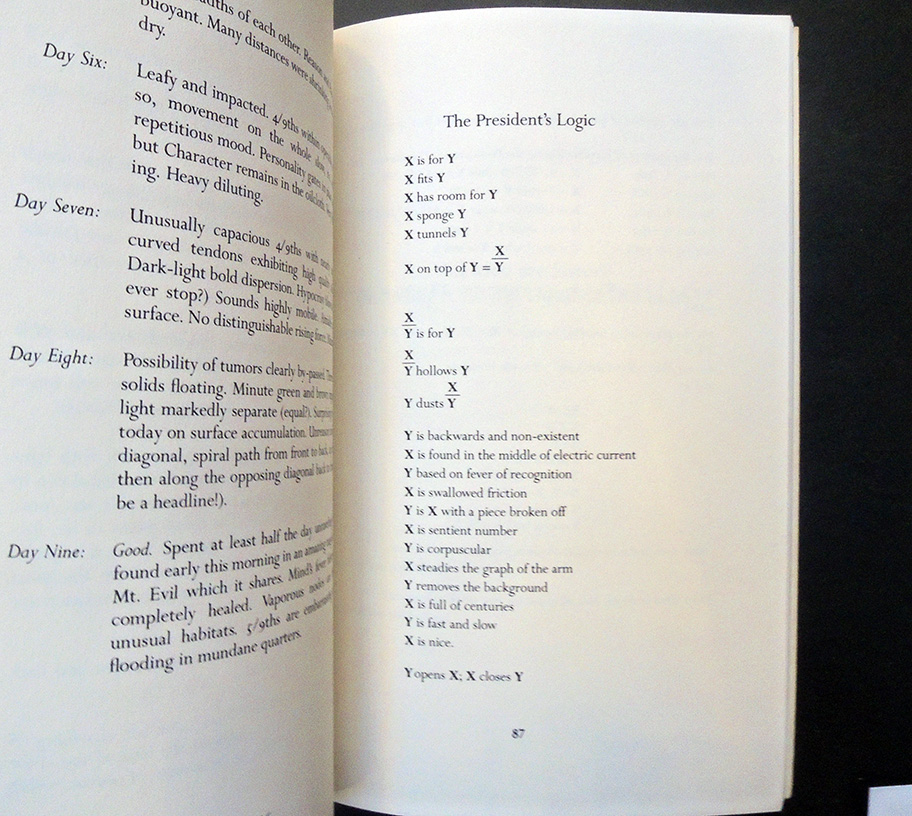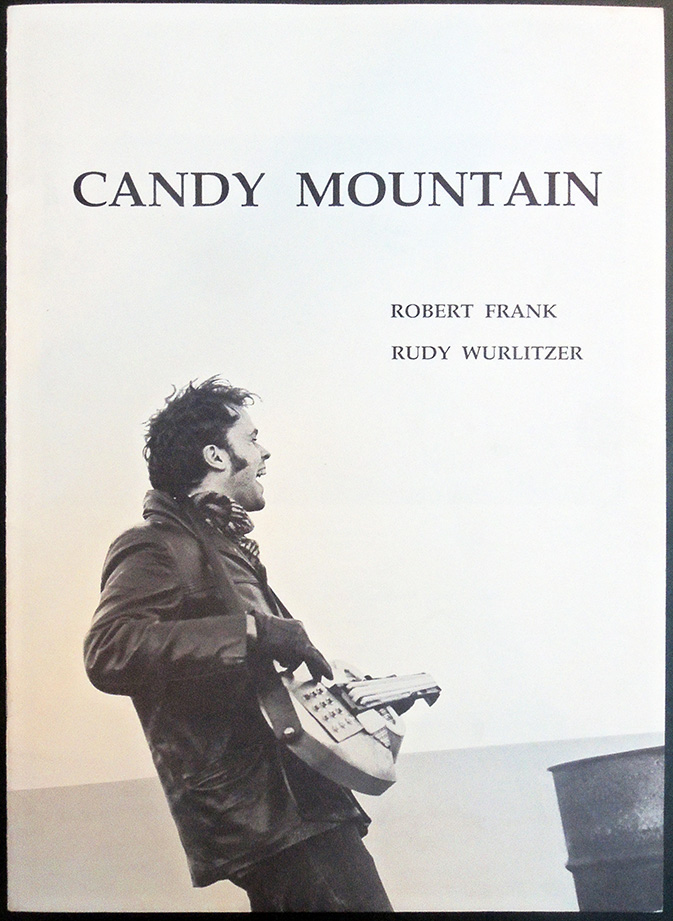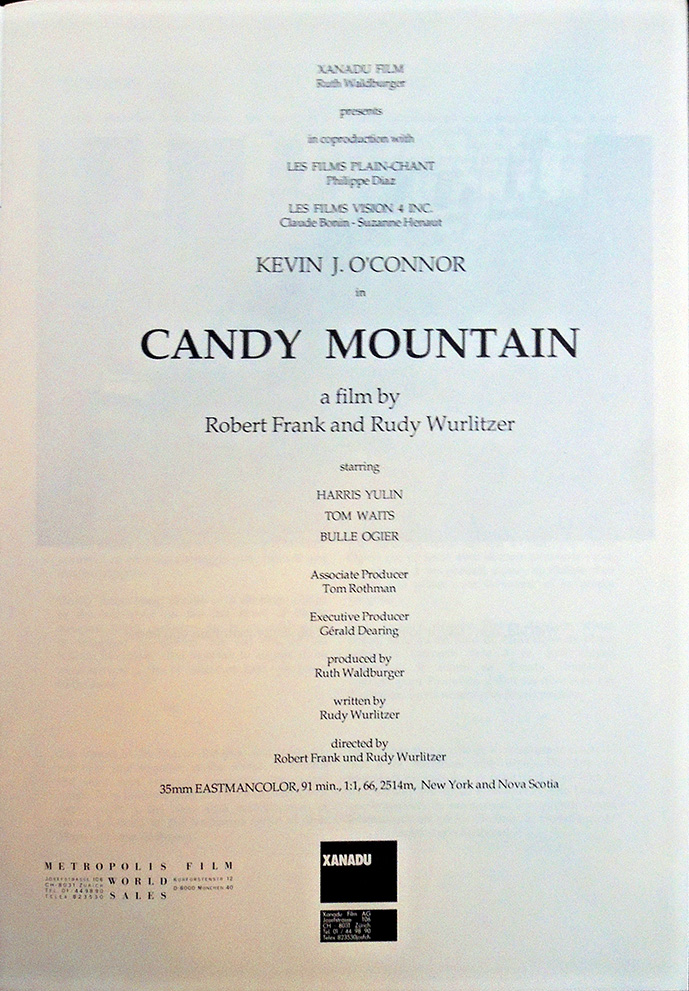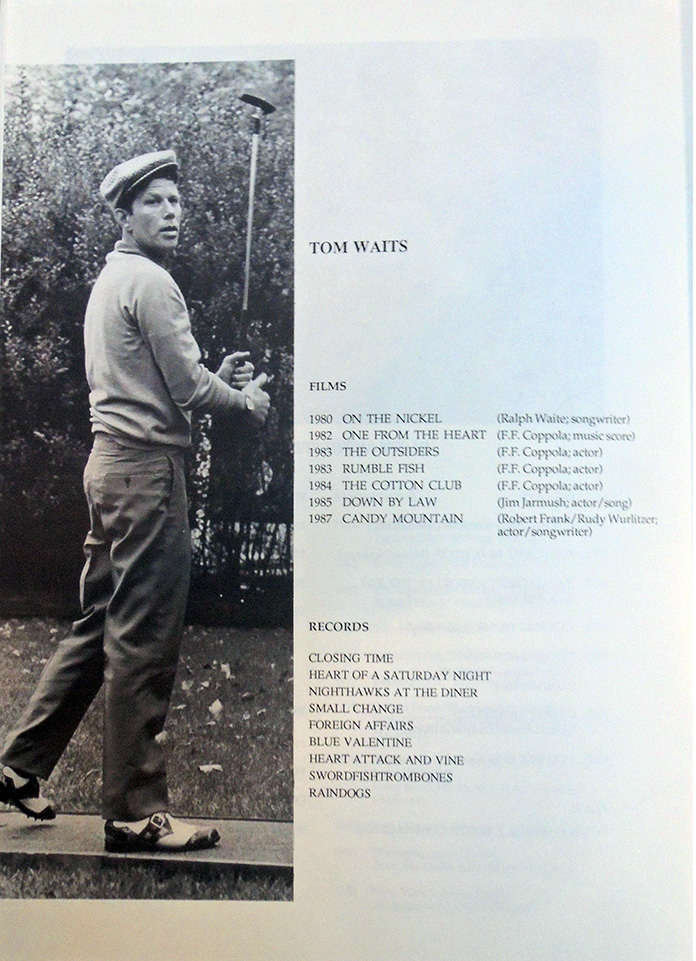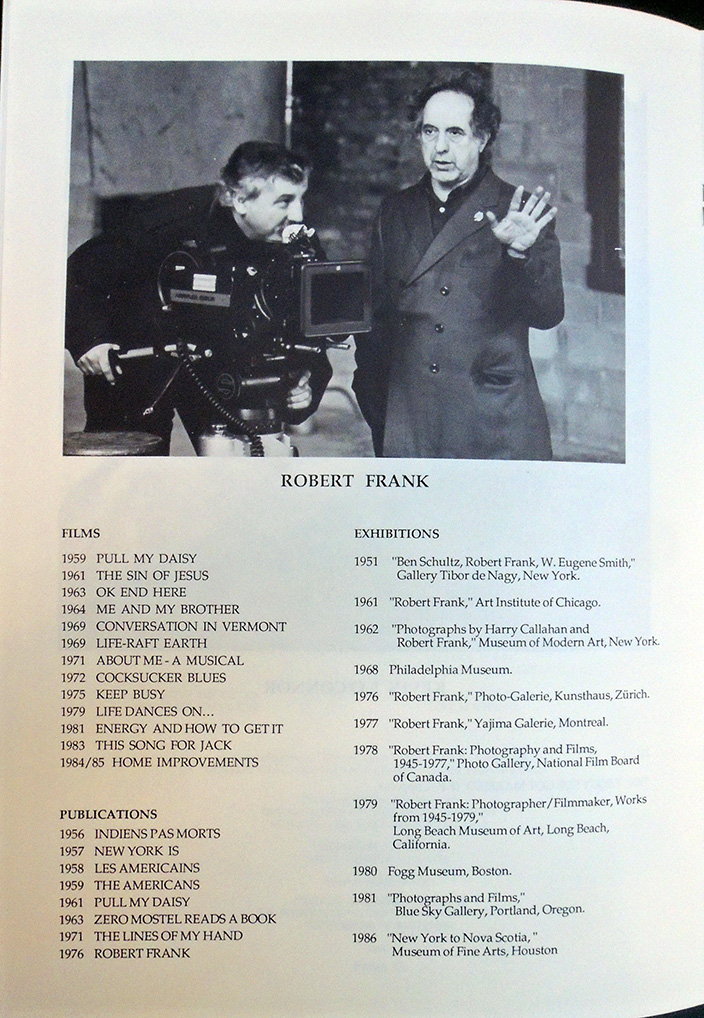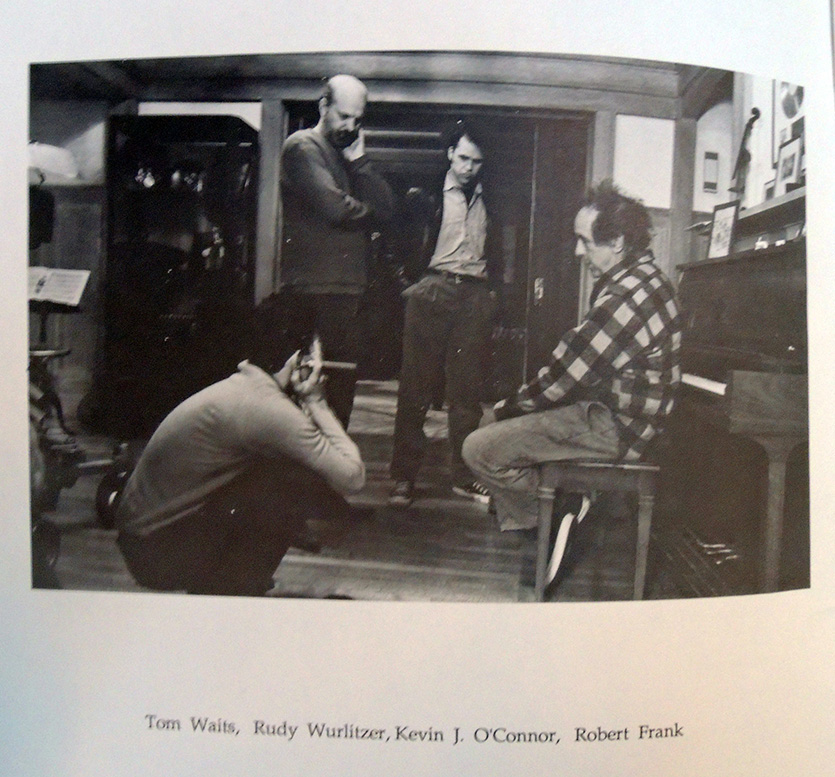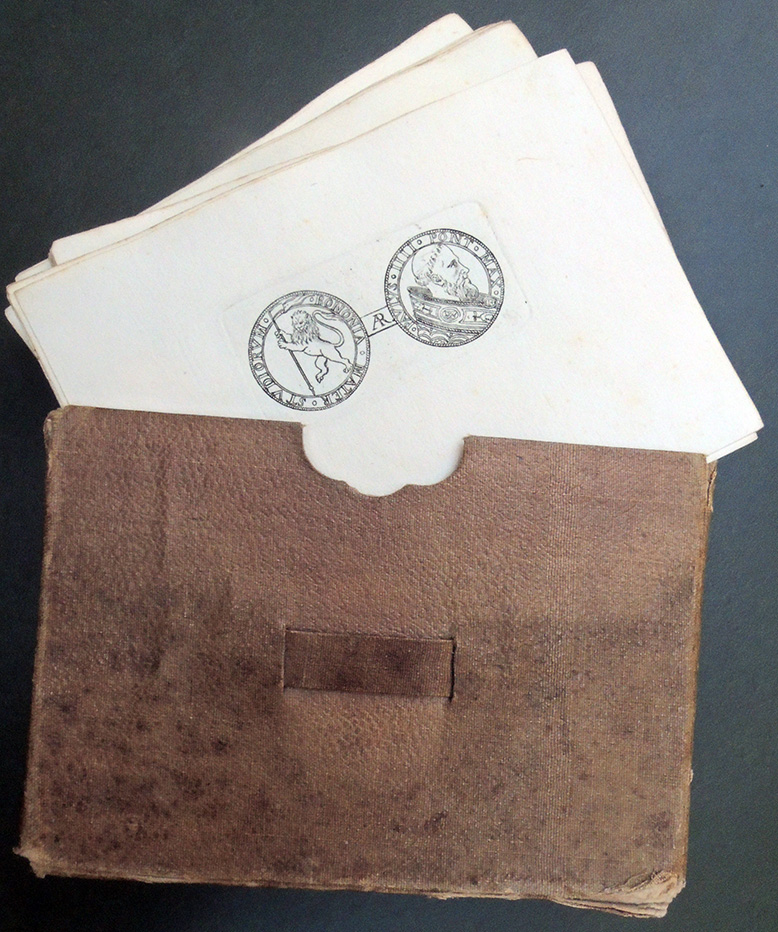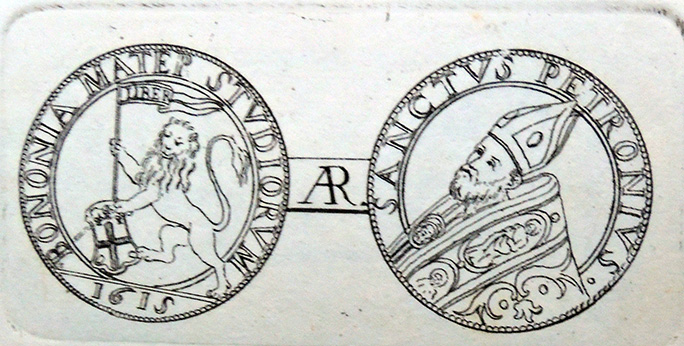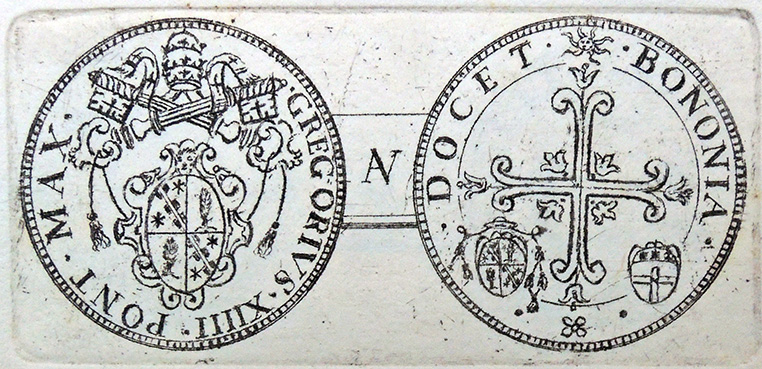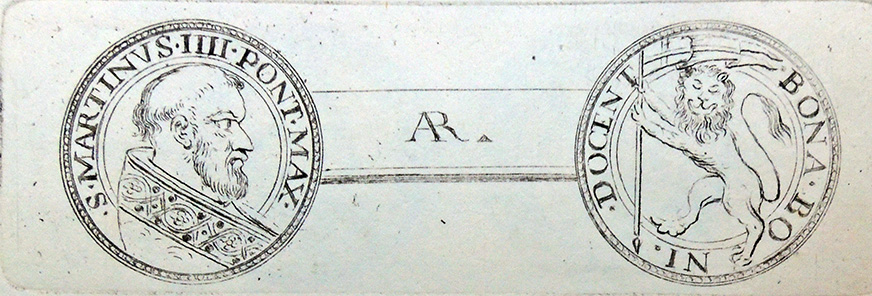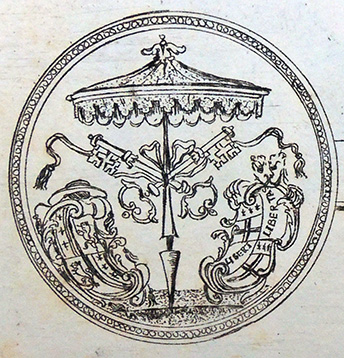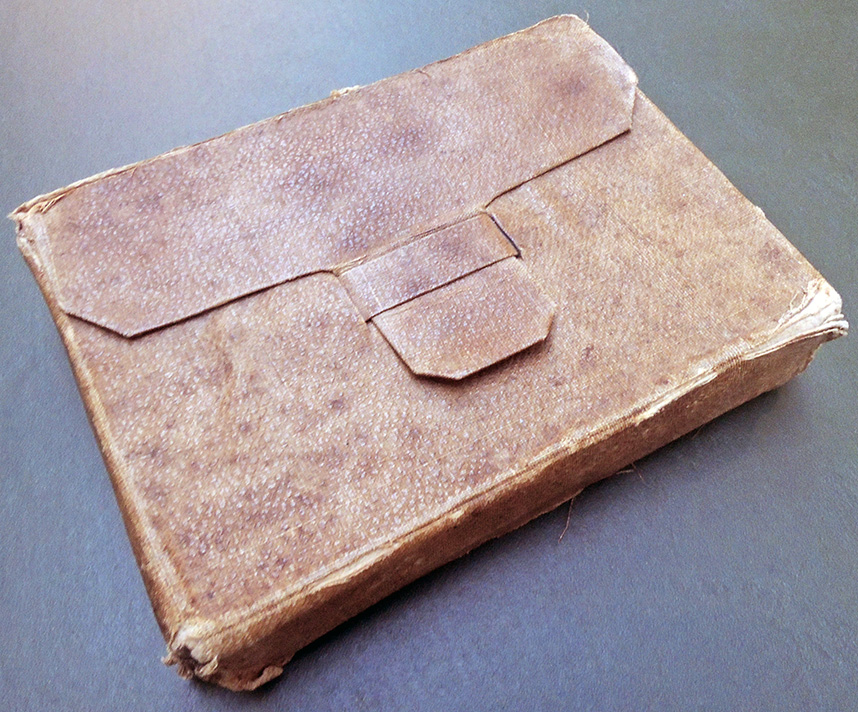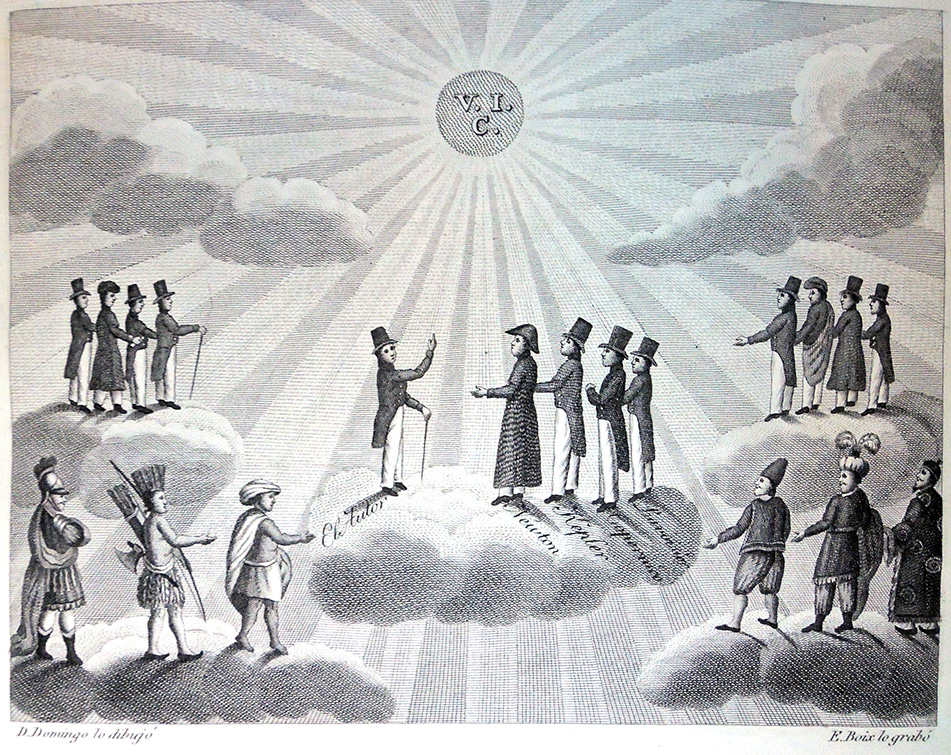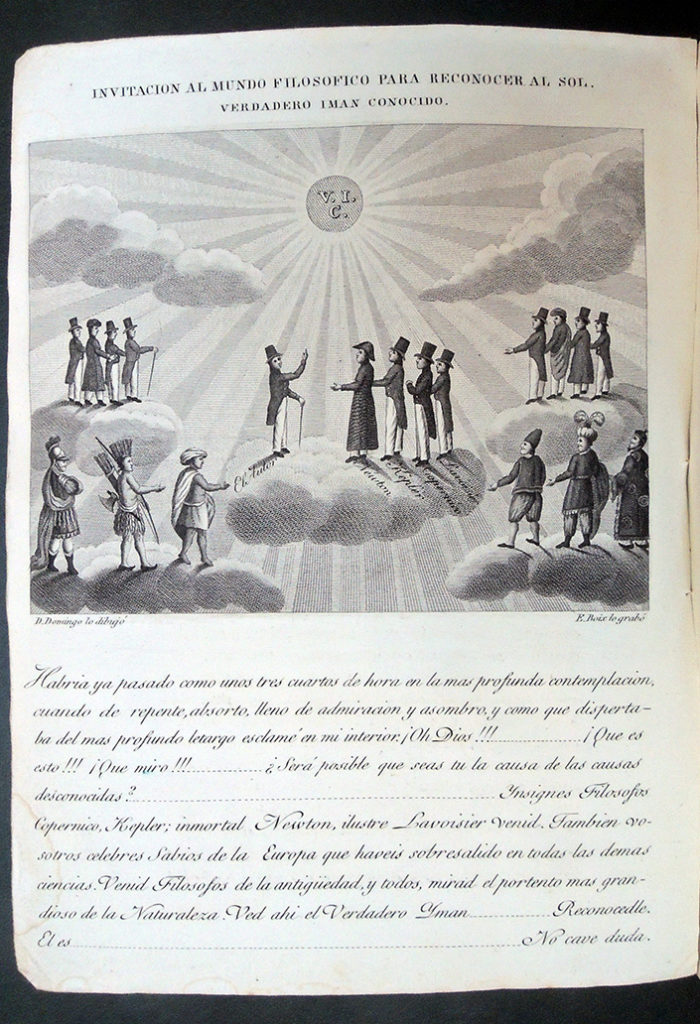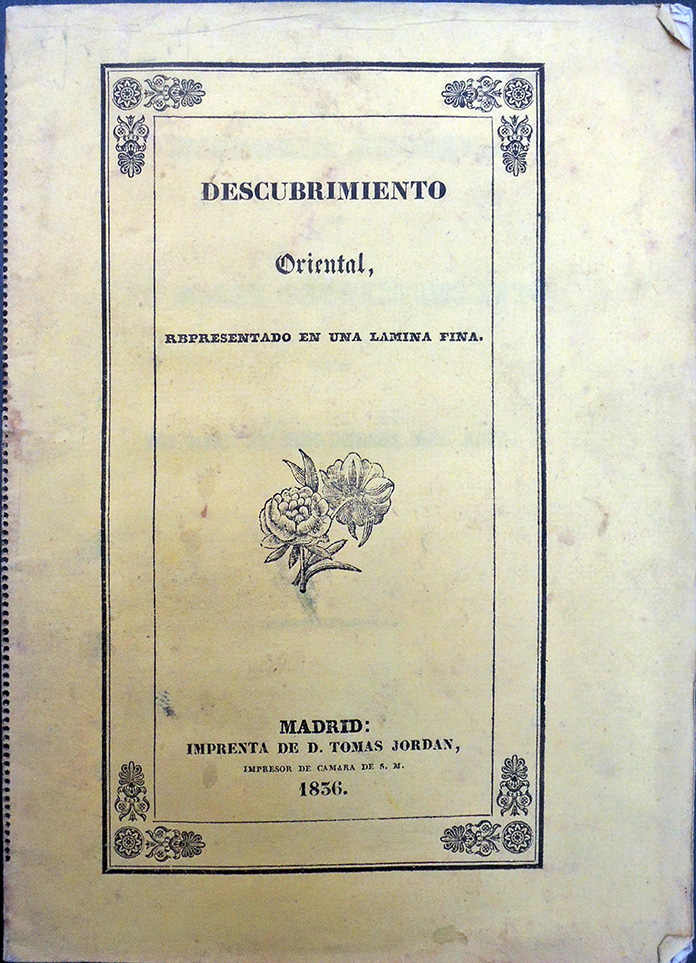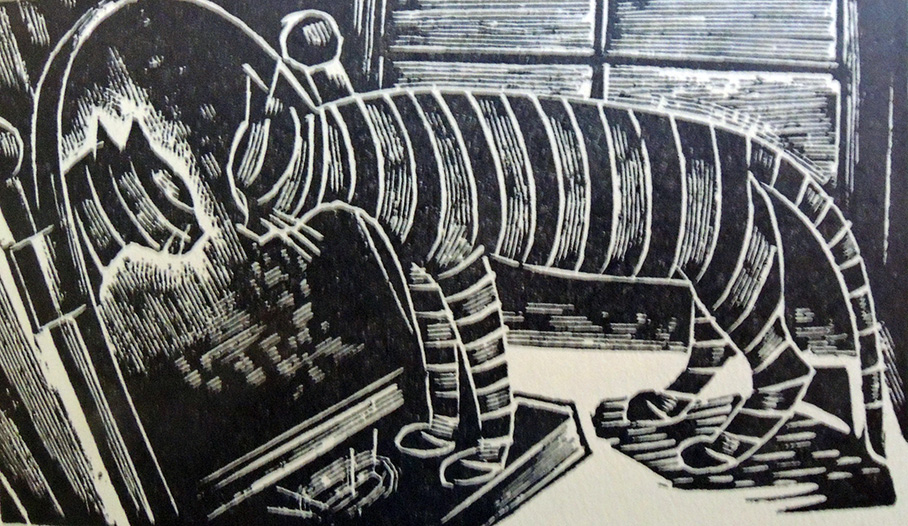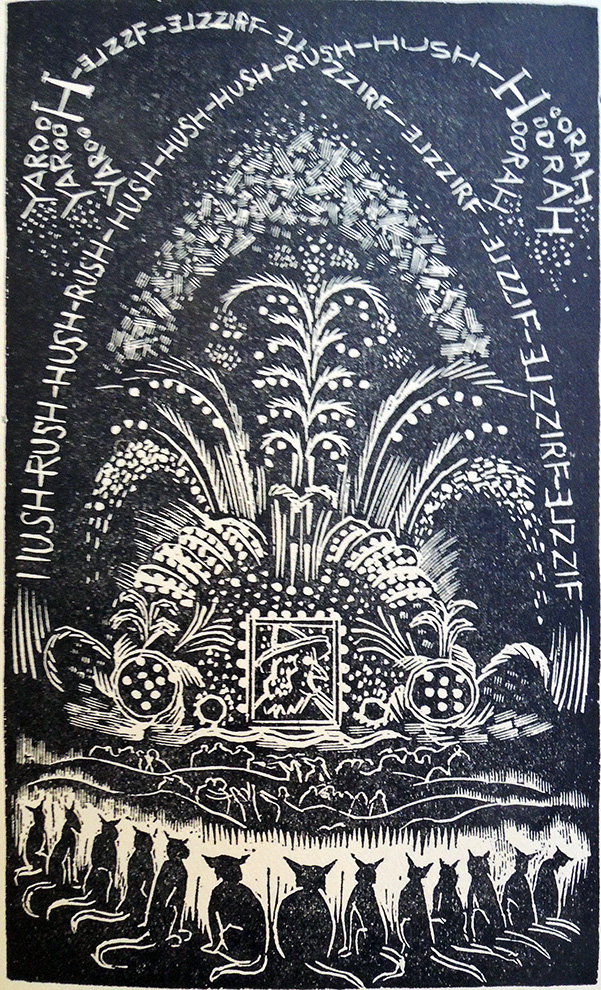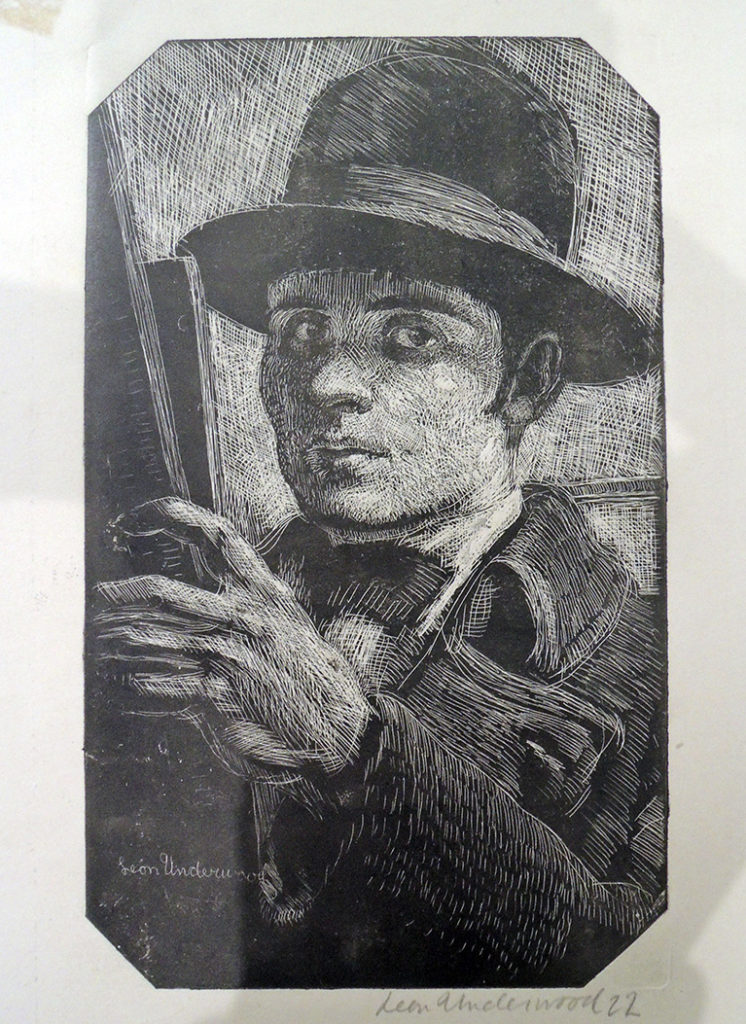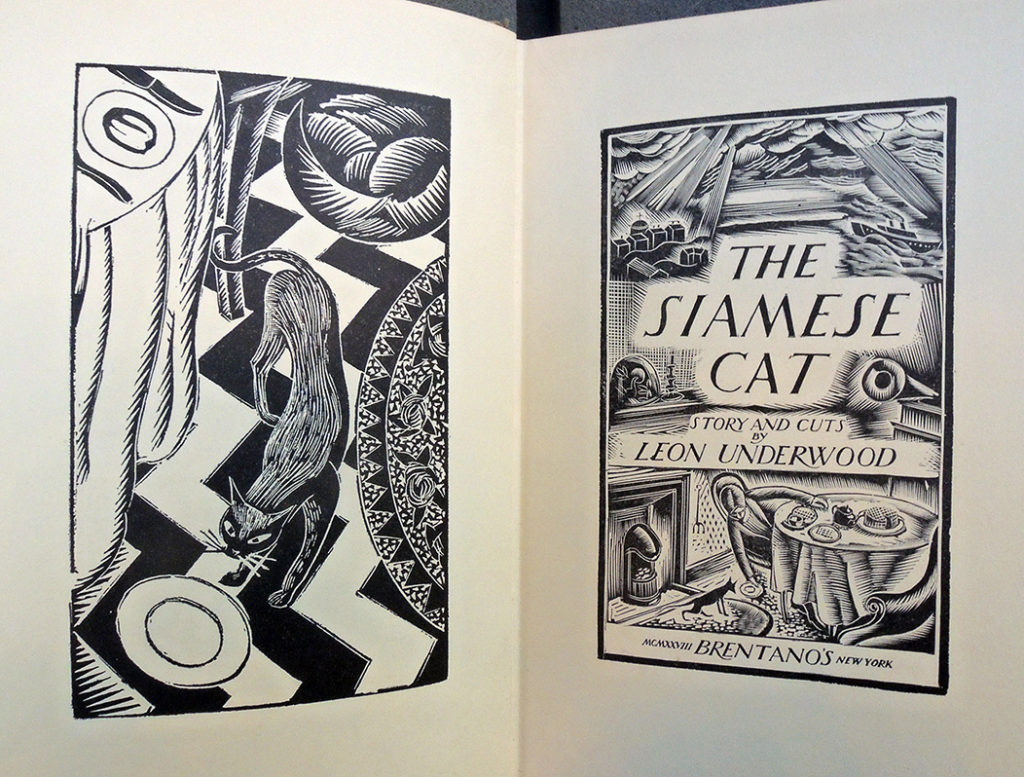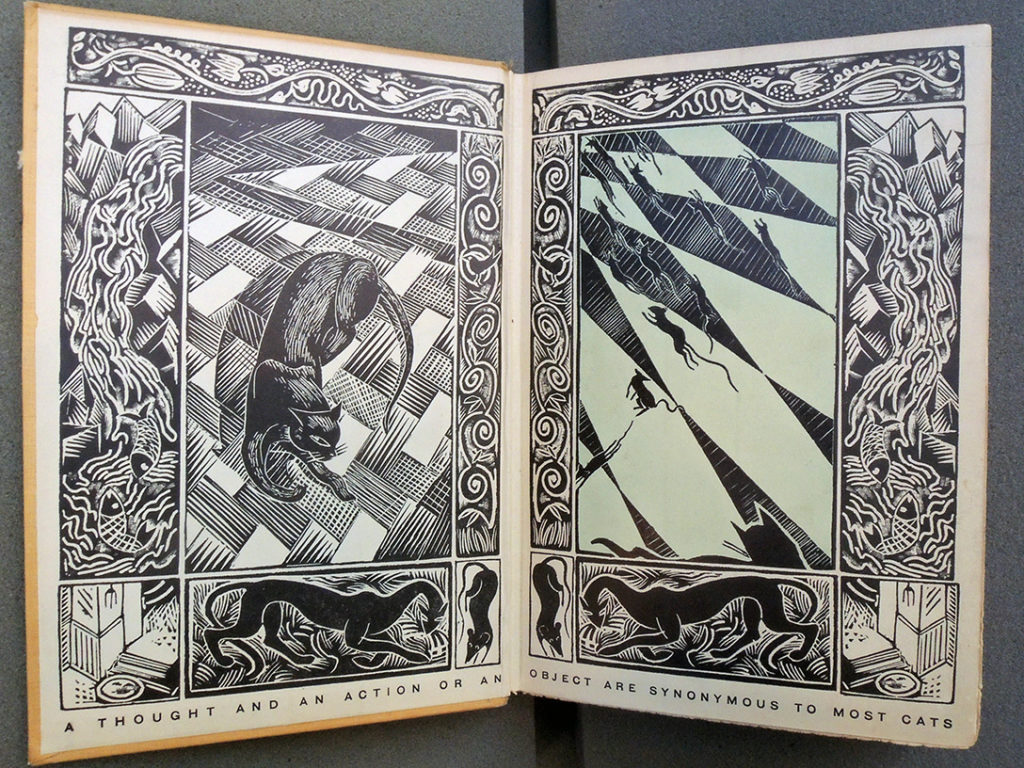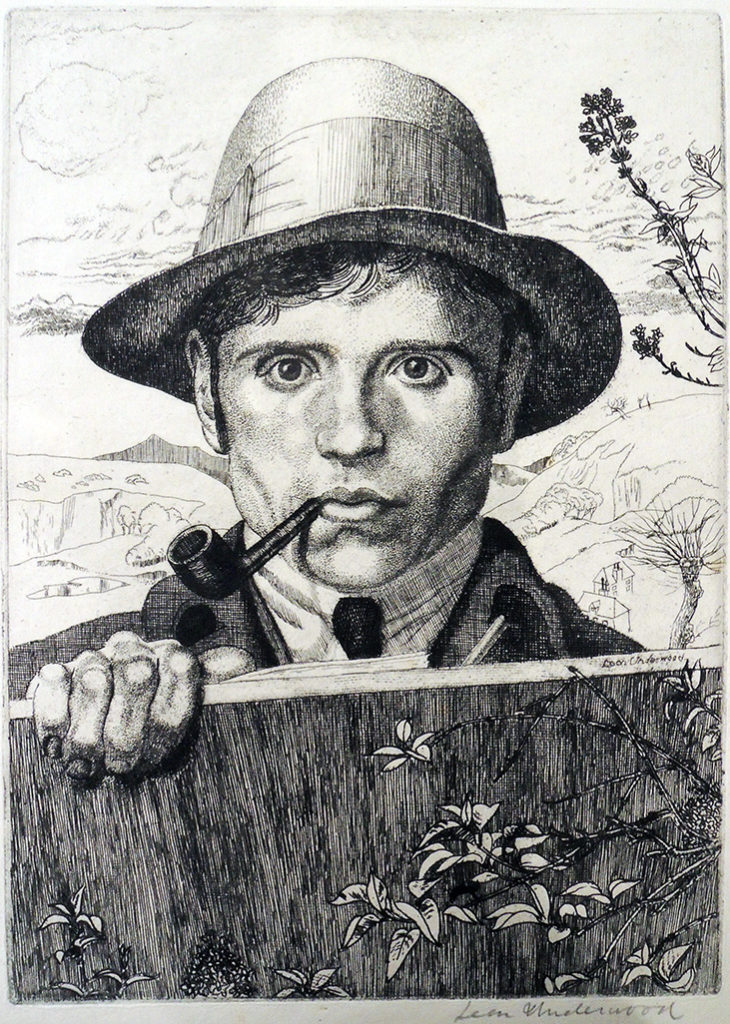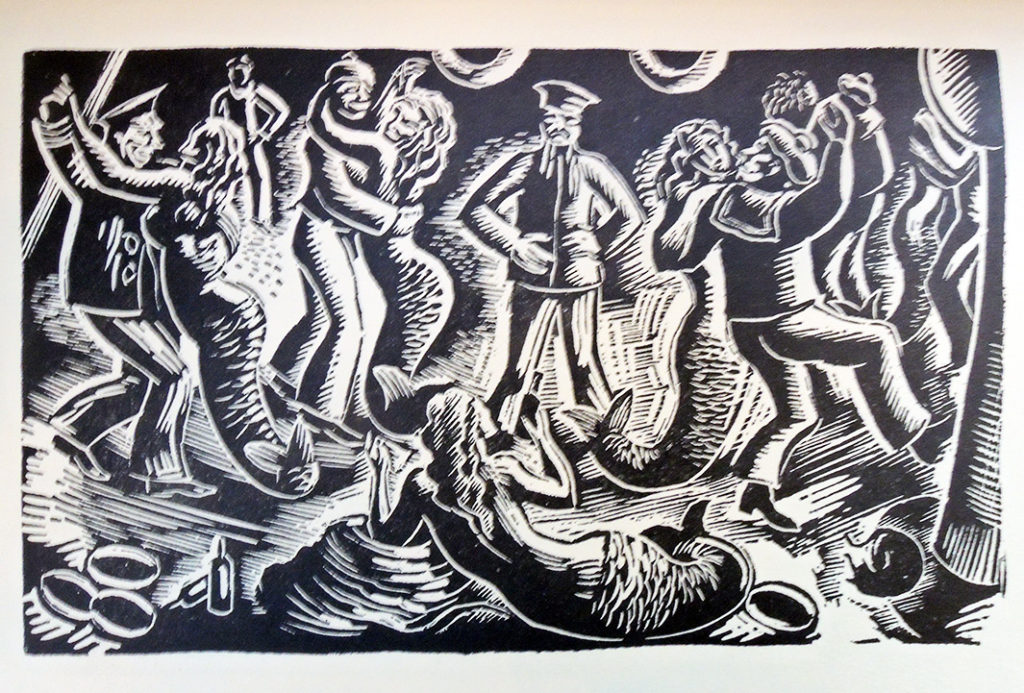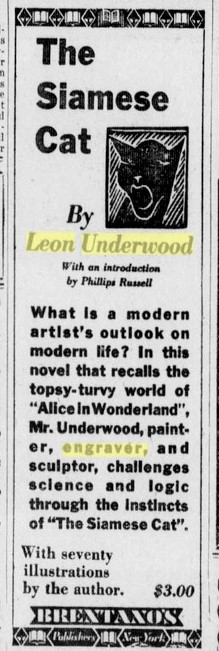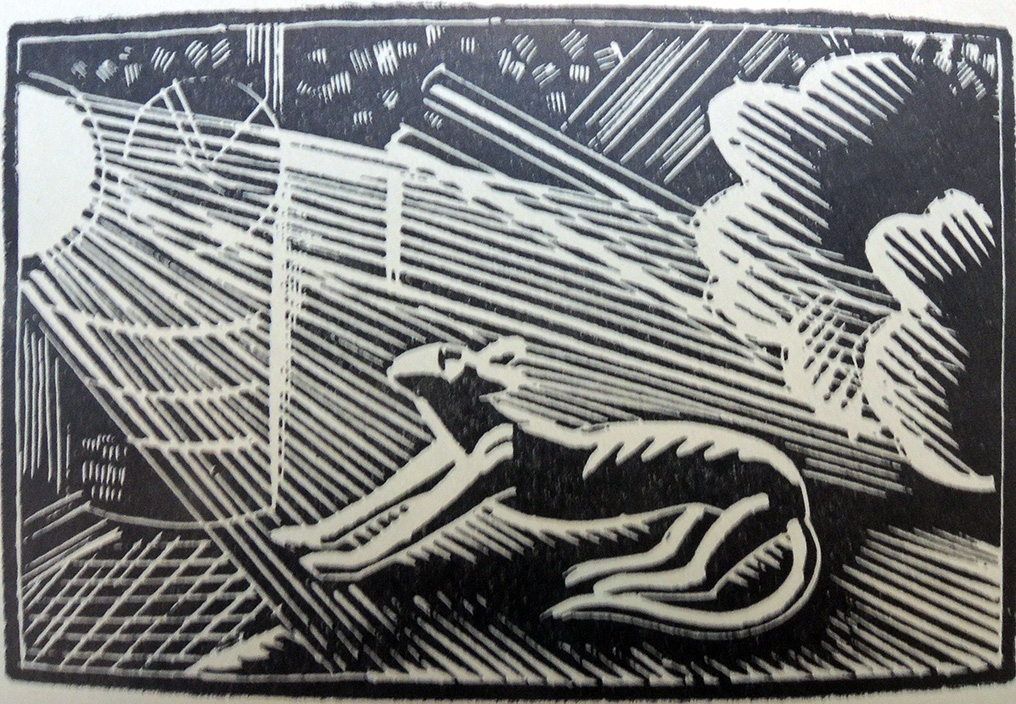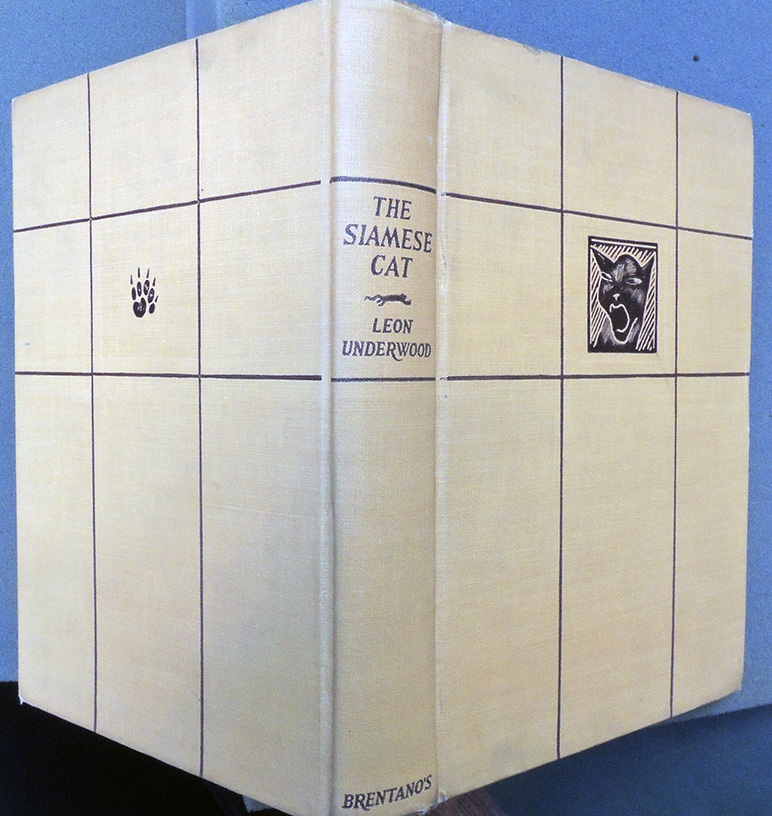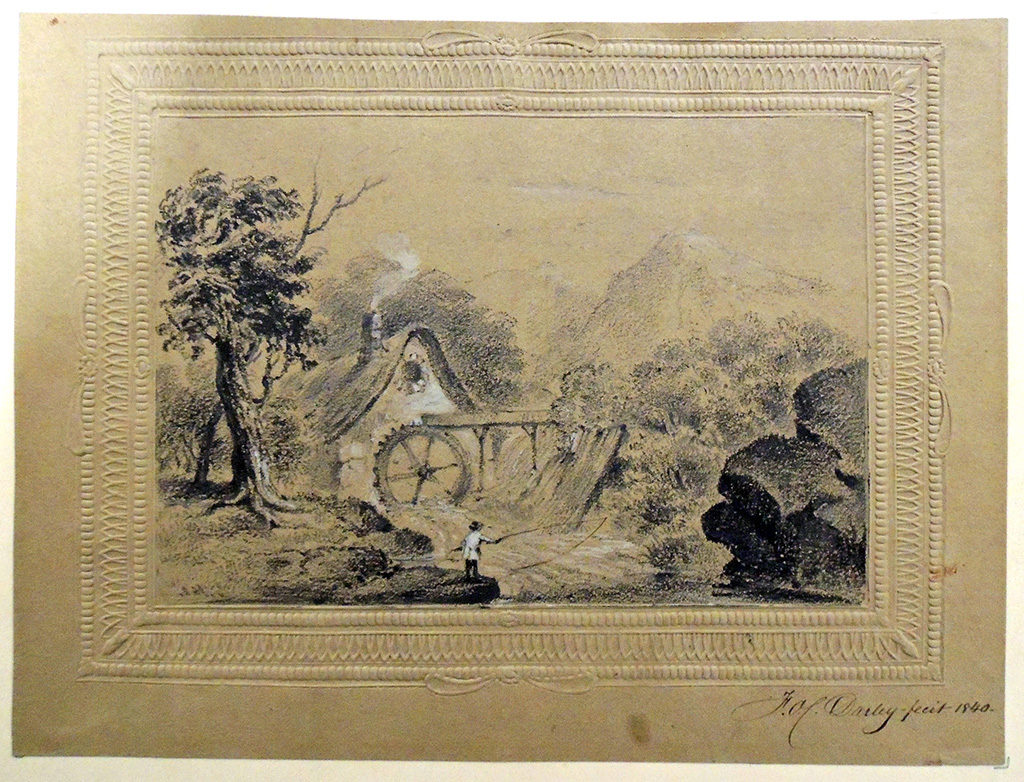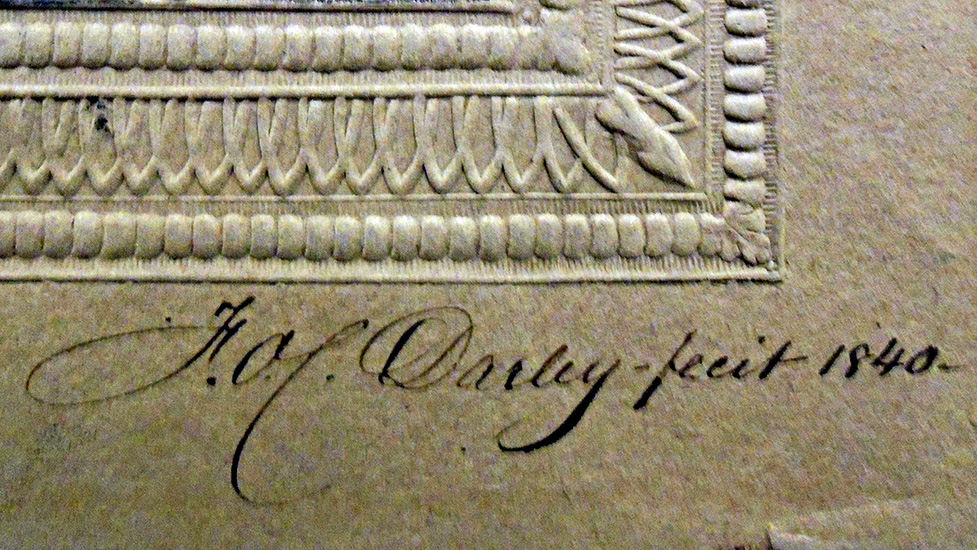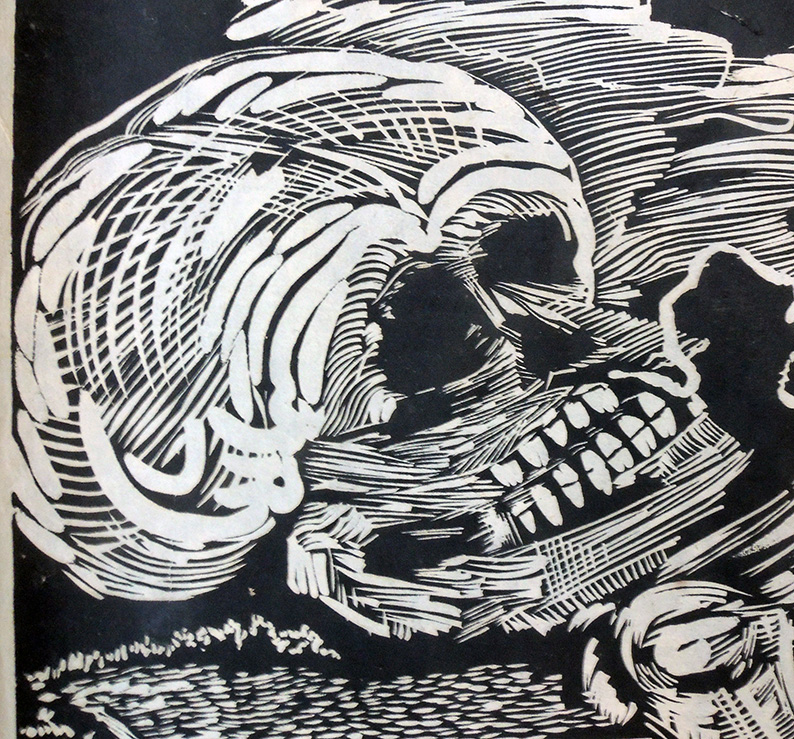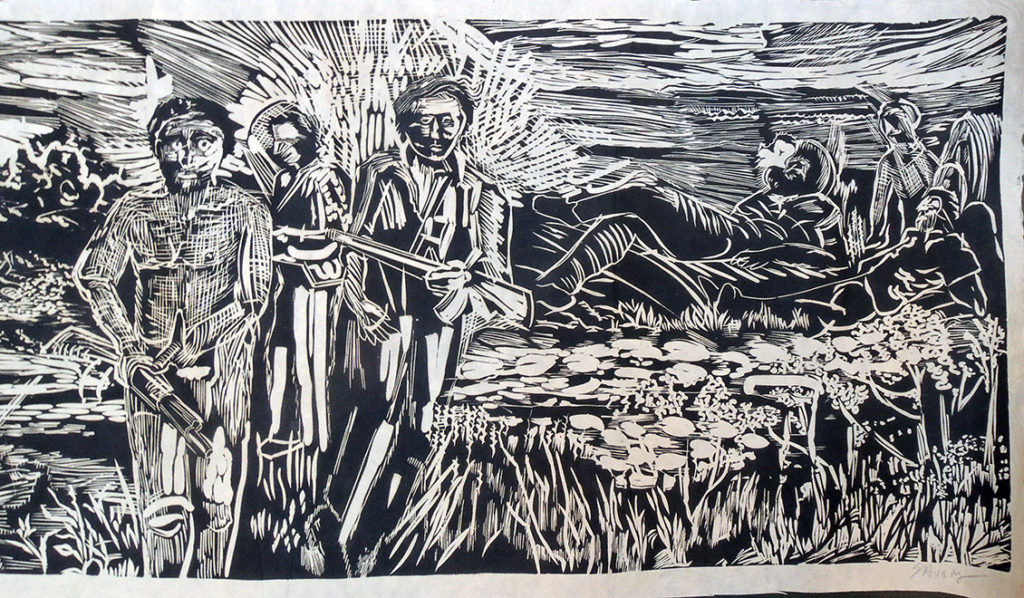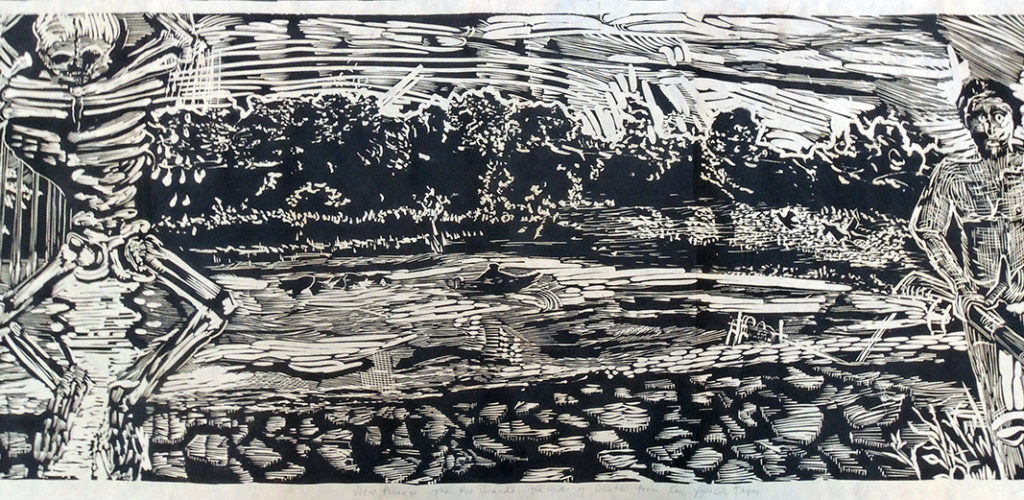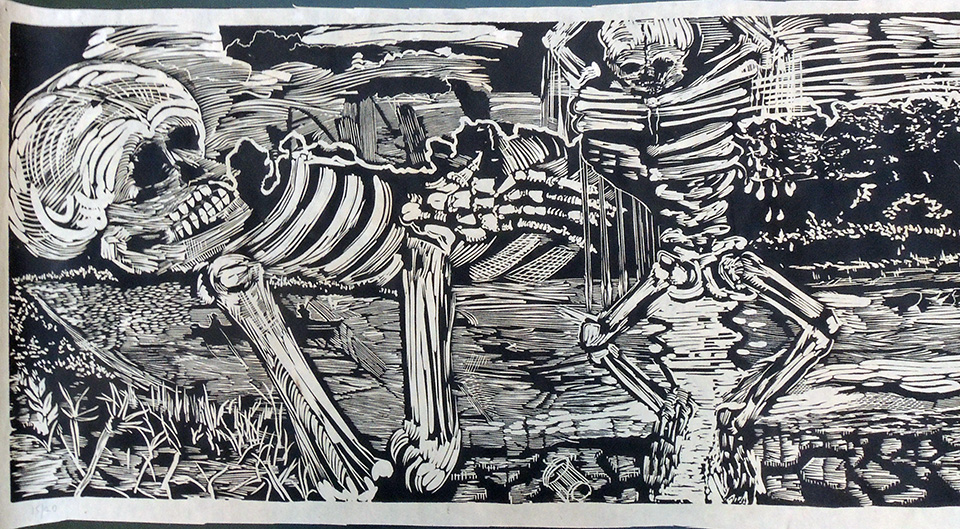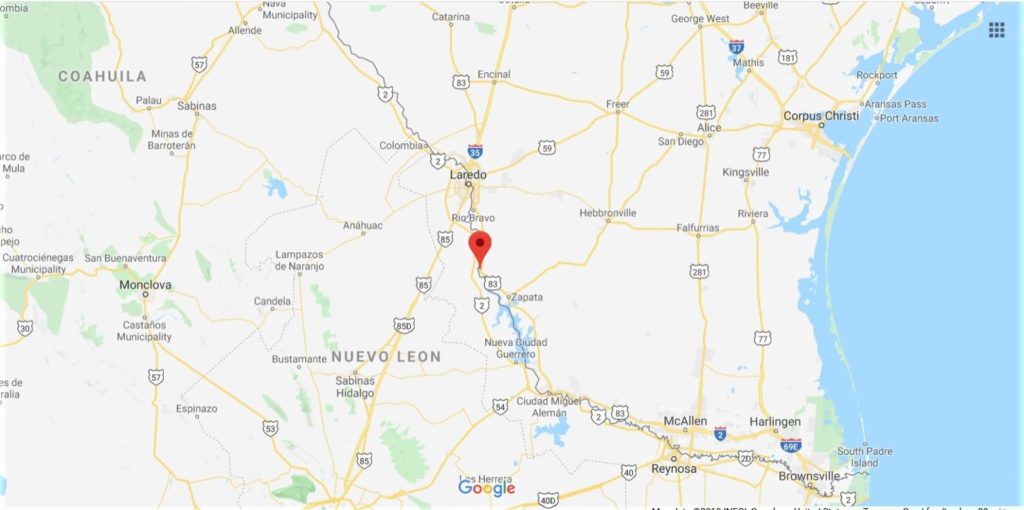 Cane [by] Jean Toomer; with a foreword by Waldo Frank. New York, Boni and Liveright [c1923]. Firestone Library » PS3539.O478 C3 1923
Cane [by] Jean Toomer; with a foreword by Waldo Frank. New York, Boni and Liveright [c1923]. Firestone Library » PS3539.O478 C3 1923
Cane [electronic resource] [by] Jean Toomer; with a foreword by Waldo Frank. New York : Boni and Liveright, [c1923]
Plays of Negro life; a source-book of native America drama. Selected and edited by Alain Locke and Montgomery Gregory. Decorations and illus. by Aaron Douglas. New York, Harper, 1927.
ReCAP » PS627.N4 L635 1927
Song of the sun / by Jeam Toomer. Detroit : Broadside Press, 1967, c1950. Special Collections Broadside 261
Singers of daybreak; studies in Black American literature [by] Houston A. Baker, Jr. Washington, Howard University Press, 1974. Firestone Library PS153.N5B27
Jean Toomer’s “Cane” and Sherwood Anderson’s “Winesburg, Ohio” : a Black reaction to the literary conventions of the twenties / by Darrell W. McNeely. 1974.
The Living earth. [s. l.] : Danbury Press, [c1975-1976] ReCAP .b17153055x
The waiting years : essays on American Negro literature / Blyden Jackson. Baton Rouge : Louisiana State University Press, c1976. Firestone Library » PS153.N5J34
The dream of Arcady : place and time in Southern literature / Lucinda Hardwick MacKethan. Baton Rouge : Louisiana State University Press, c1980. ReCAP » PS261 .M25
Singers of daybreak : studies in black American literature / Houston A. Baker, Jr. Washington, D.C. : Howard University Press, 1983. African American Studies Reading Room (AAS). B-7-B » PS153.N5 B27 1983
Cane : an authoritative text, backgrounds, criticism / Jean Toomer ; edited by Darwin T. Turner. New York : Norton, c1988. Firestone Library » PS3539.O478 C3 1988
The collected poems of Jean Toomer [electronic resource] / edited by Robert B. Jones and Margery Toomer Latimer ; with an introduction and textual notes by Robert B. Jones. Chapel Hill : University of North Carolina Press, ©1988. www.jstor.org
Invisible darkness : Jean Toomer & Nella Larsen / Charles R. Larson. Iowa City : University Of Iowa Press, [1993] www.jstor.org
Cane / Jean Toomer. New York : Modern Library, 1994. Firestone Library » PS3539.O478 C3 1994
Classic fiction of the Harlem Renaissance / edited by William L. Andrews. New York : Oxford University Press, 1994. ReCAP » PS647.A35 C57 1994
Cane de Jean Toomer & la Renaissance de Harlem / Françoise Clary. Paris : Ellipses, c1997. ReCAP » PS3539.O478 C33 1997
Jean Toomer and the terrors of American history / Charles Scruggs and Lee VanDemarr. Philadelphia : University of Pennsylvania Press, 1998. Firestone Library » PS3539.O478 C337 1998
Cane / Jean Toomer ; illustrations by Martin Puryear; afterword by Leon F. Litwack. San Francisco, Calif. : Arion Press, 2000. Graphic Arts Collection 2019- in process

